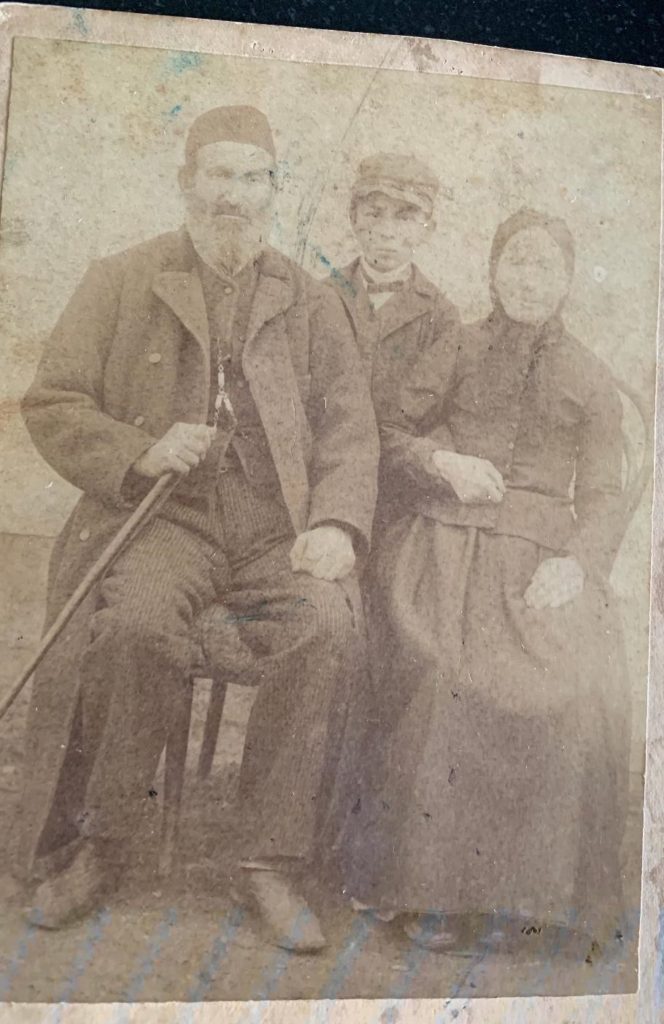Lisa Medway – Essay
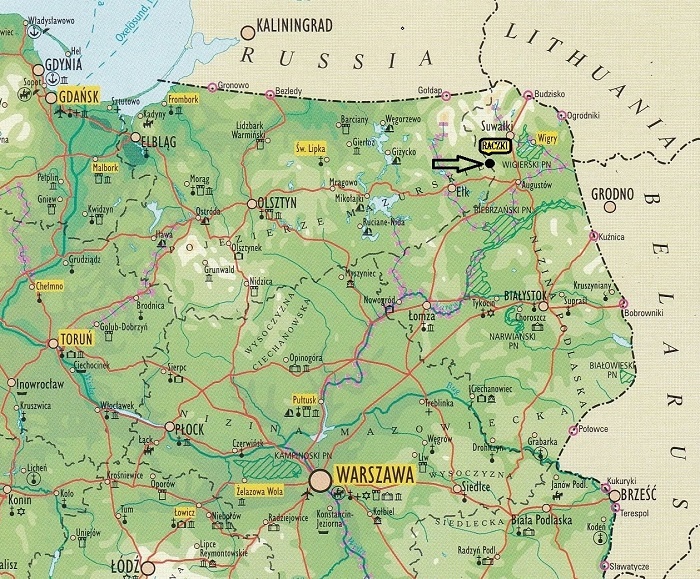
Ghosts That Live in Family Photos
Maybe it’s the chaos of the Migration Crisis/Debacle, or the popularity of the ancestry.com boom; or tv shows like, Who Do You Think You Are? Baby Boomers, like me, are eager to investigate the mystery of our family trees. My cousin Lewis Rosen, who lives in Galveston, Texas, sent me these fragile family photos.
I am obsessed with them. I stare at them, I look into the eyes of these people. They’re my relatives. They look so… poor. So cold. So miserable.
Nobody in the (current) family knows who the three people in that old, OLD photo are. Somehow, despite punishing poverty, they gave their hard-earned shekels, rubles, zloty (Polish $$$) to a traveling photographer to take their picture. Why did they feel the need to have their picture taken? It fascinates me that even the hungriest, sickest, coldest people in Poland – want to be in a photograph – that only their family members will see.
Thanks to my great-uncles and grandparents who left Poland and became American immigrants, these photos – unlike (most of) the people in the later picture, survived.
These pictures haunt me. Two of them are ca. 150 years old. One is 100+ years old. These people are my ancestors – my paternal grandmother’s family. My father’s mother died four-and-a-half years before I was born, but her portrait hangs in my hallway and I look at it/her several times every day.
I never met this lovely, patrician woman: a mother of five who, unsurprisingly, suffered from high blood pressure and died when my father was 30. Rachel (“Ruchel” – Yiddish pronunciation) Berwald Susman, was the wife of Max Susman and a Polish immigrant.
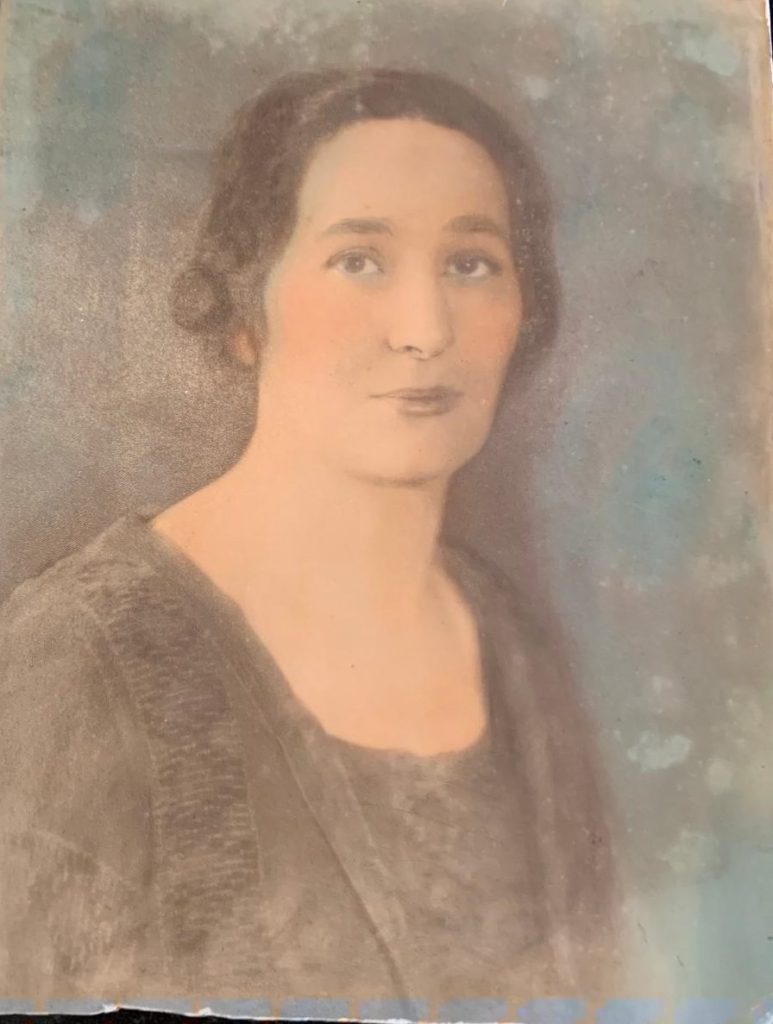
Max, Rachel and their four children along with her brother Paul and another brother emigrated from Poland ca. 1912 and my father was born in the USA in 1914, the year WWI began.
In 1826, 600 Jews lived in the shtetl (small, poor village) of Raczki, Poland. The Taxpayer Records include a Borko Lieb Berwald – who was a peddler. (I wonder what he “peddled?”) The 1863 Taxpayer List contains more Berwalds: Abram, Chaim and Jochim, who were “dealer/peddlers” and Icko Berwald, a tailor. They lived in an area called Konicsbohr – or “King’s Forest.”

They raised turkeys and geese on family farm in Raczki and because they were Jewish, they were not permitted to own land. They worked hard, plucked feathers, and exported goosedown to England. In the earlier/older family portrait taken at the farm in the late 19th century, they look like the original cast of Fiddler on the Roof. (No one is smiling!)
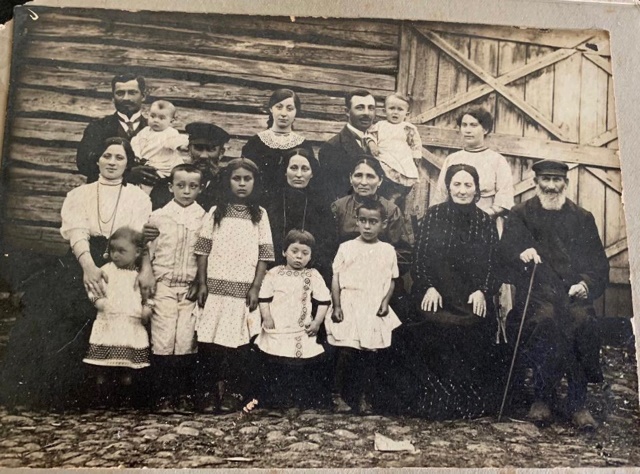
In 1870 Raczki lost its town charter and everyone was forced to move to Suwalki – five miles away in Northeastern Poland, near the borders of Prussia and Lithuania.
Suwalki was established in 1690. In Old Polish Suwalki meant “Land behind the Forest.” Later, its meaning became “A Gathering of Different Types of People.”
By the end of the 18th century Suwalki had a population of 1,184 and 216 homes and was a mostly Jewish shtetl. In 1807 Suwalki became part of the newly formed Duchy of Warsaw. After the defeat of Napoleon and The Congress of Vienna, the area was incorporated into The Kingdom of Poland.
In 1816 the seat of government was moved to Suwalki. The first synagogue was built in 1821. The Jews followed. They were Orthodox. They were a tight-knit community (Anatevka: Fiddler on the Roof).
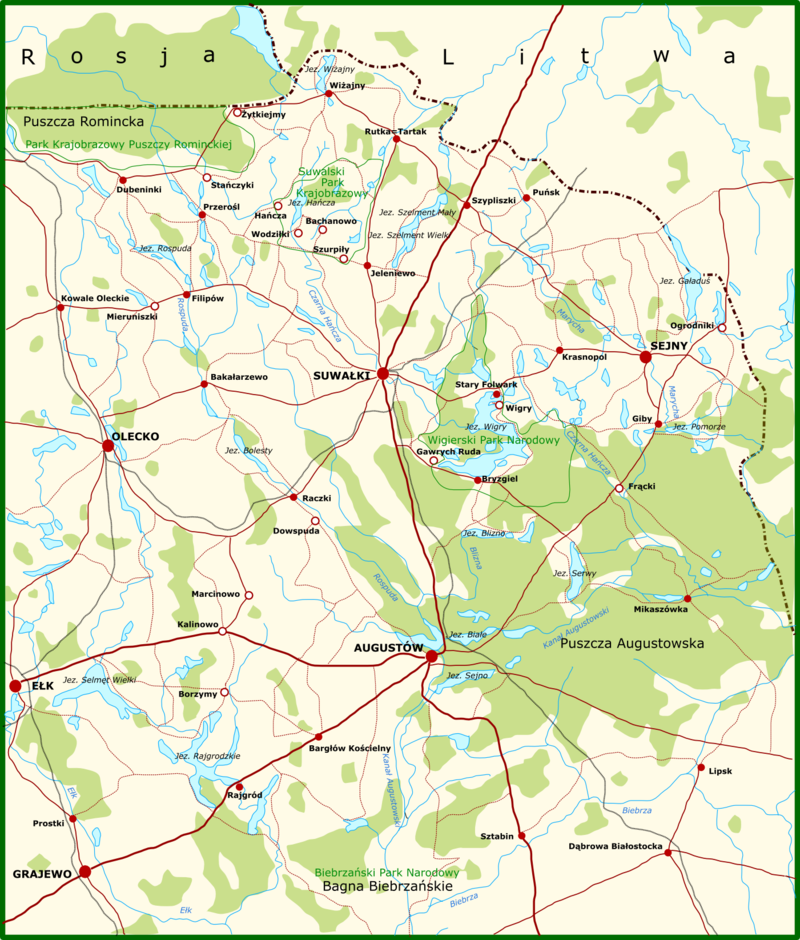
Over many centuries, Sulwalki was a strategic location for wars, battles and military operations. Because of its proximity to foreign borders it’s sometimes referred to as The Suwalki Gap or The Suwalki Corridor. Today, a 3-star hotel in Suwalki is… $64.
After World War I the Berwald’s poultry farm in Rackzi was seized by the government and they moved to Suwalki. They were creative, entrepreneurial, had a sideline – and balls: they were smugglers. They’d sneak young Jewish men across the border from Prussia to Poland to avoid conscription – mandated military service in the Prussian army – in some cases, up to 25 years. They’d also smuggle goods from Suwalki into Prussia and Lithuania.
Between 1900 and the 1930s, Uncle Paul, our great-uncle; my grandmother’s brother made several trips to Poland. He tried to persuade the family to emigrate to the US. “Uncle Mordechai” made the arduous voyage to America and stayed for a while – but returned to Poland because America didn’t meet his requirements of Orthodox Jewish religiosity.
Uncle Paul made his final trip to Suwalki in 1939. He was the pro-active-pro-family Patriarch who always put Family First. After my father died, in 1967, my mother was a young widow with five children (I was the one in the middle). Uncle Paul and Aunt Natalie paid our rent for many years. Uncle Paul lived to the age of 101.
My cousin, David Berwald lives in St. Louis and has been to Poland with his family and visited Suwalki and Raczki. David’s father, Israel (Anglicized to “Irwin”) Berwald spoke several languages. Israel emigrated to America because it was the Land of Opportunity – and the opportunity to go to medical school was not available to him in Poland. He became a physician (as did Cousin David, as well as one of David’s sisters, his son and one of his two daughters).
In the second family portrait – which was taken ca. a dozen years later, the family appears warmer and more prosperous. A couple of women are even wearing necklaces. My cousin Lewis thinks photo was taken at a Bar Mitzvah.
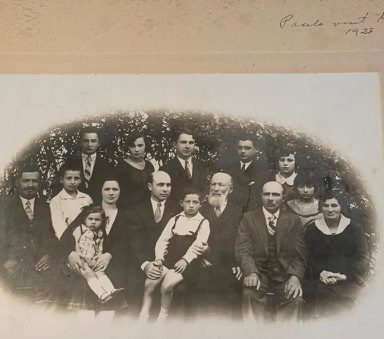
During this time, in the 1920s, the Berwarlds owned a small cloth factory. David said that the building that housed the factory is still standing is now the Town Center in Suwalki.
My Polish grandparents and Uncle Paul ended-up in Dallas – then Houston. Wha?! From Poland to Texas? How’d that happen? According to David, a cousin who came to America a few years before the Berwalds lived in Chicago and he’d hang-out at the train station where he became friendly with porters and conductors.
When this cousin asked his train station pals where they thought his Polish relatives should go when they arrived in America, they recommended “The Frontier.” At the time (early 20th century) their definition of “The Frontier” was… Texas!
Uncle Paul was instrumental in getting family out of Poland – but most of the people in the later photo remained.
In 1939 there were 7,000 Jews living in Suwalki, by 1942 every remaining Jew was deported and taken to the death camps. Today, there isn’t one Jewish person living there. Maybe this is why I can’t stop gazing into the eyes of my relatives?
I was familiar with a few thin threads of our family history, but didn’t grow-up knowing these stories. I’ve learned all this in the last few weeks. My parents moved from Houston to Los Angeles with my sister and brother when my mother was pregnant with me. I rarely saw my Texas aunts, uncles, and cousins. I met my grandfather, only twice. He was in his 90’s, in a nursing home, when my father passed-away (cancer), and everyone felt that he shouldn’t be told that his son was dead. He died nine days later.
When I was ten years old, my parents gave me a book one night of Hanukkah – So Young A Queen by Lois Mills. It was a 172 page historical novel. I asked my prickly pear mother, “what’s it about?”
“Read it and find out,” she said in her typical frosty way. I loved that book. I still do. It’s the story of 14th century Roman Catholic Princess Jadwiga – AKA “Hedwig.” Her father, “Louis the Great” was the King of Hungary, and her mother “Elizabeth,” the Queen of Bosnia.
When King Louis dies, instead of her brother becoming King, Jadwiga the youngest daughter, is crowned Queen. She was eleven years old. She united Lithuania and Poland and was the first female monarch of The Kingdom of Poland. She reigned from 1384-1399, died in childbirth at age 26 and was canonized by Pope John Paul II in Krakow in 1997.
It was one of my favorite childhood books – one of those books that I read every couple of years. I loved the story, the history and the Polish connection. As I get older, now that my children are grown, and I wait, impatiently, for my first grandchild to be born, family stories are more precious than ever and my obsession with where I come from is more important – because I want future generations to know. My friend Bette gave me a gift last month: an ancestry.com kit. I filled the test tube with my personal spit and mailed it in. I can’t wait to find out about my DNA. “They” said it will take 6-8 weeks to process my saliva sample. This chapter in my family story is so captivating – and I love that I come from a family of smugglers.

